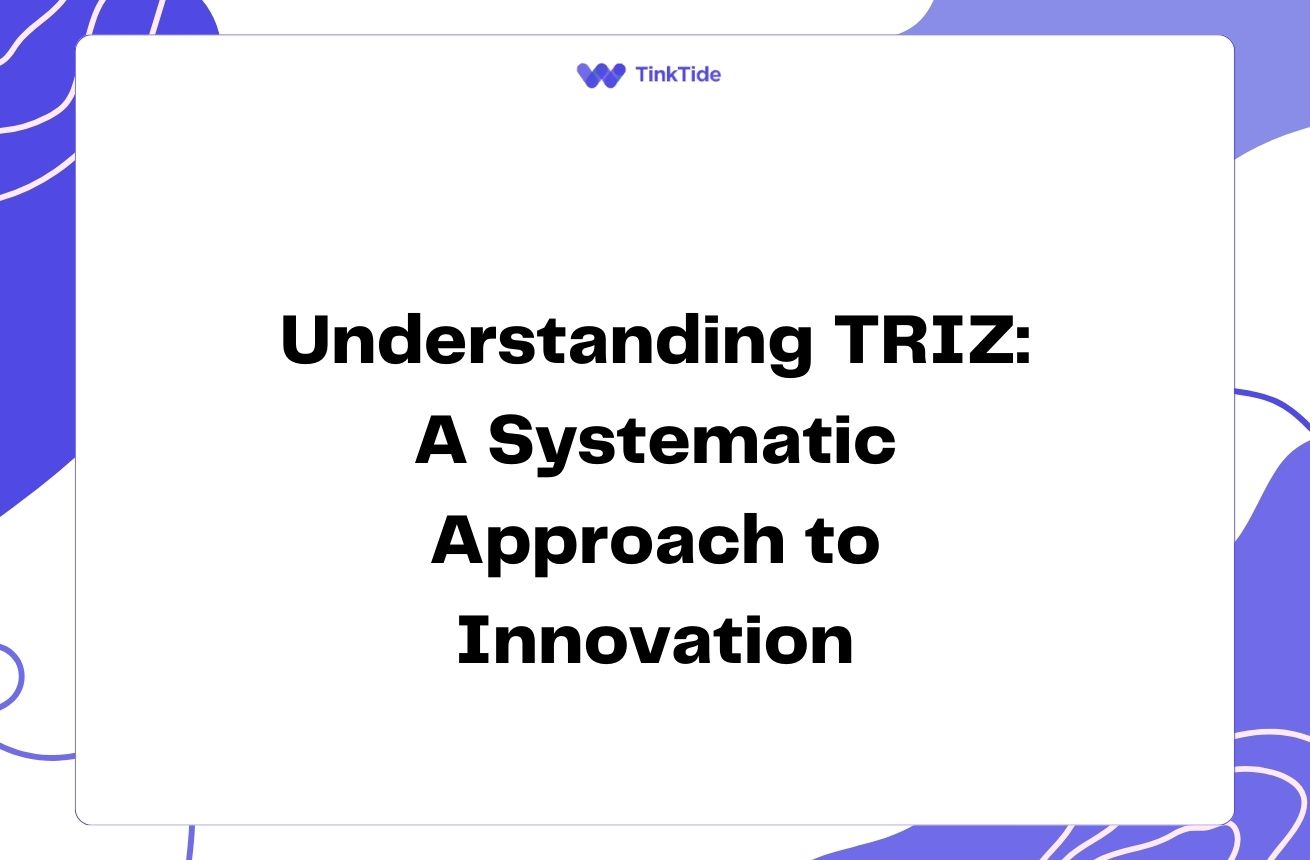User Personas: Enhancing Business Strategies
What Are User Personas?
User personas are fictional representations of your ideal customers, based on real data and market research. They help businesses understand their target audience's needs, behaviors, and motivations. By creating detailed profiles of typical users, companies can tailor their products, services, and marketing strategies to meet specific customer needs.
These personas go beyond basic demographic information, incorporating psychographic data such as values, interests, and pain points. For example, a software company might create a persona named 'Tech-Savvy Tom,' a 35-year-old IT manager who values efficiency and cutting-edge solutions.
User personas help teams align their efforts around a common understanding of the customer. They provide a human face to data, making it easier for employees across departments to empathize with and cater to their target audience's needs.
By using personas, businesses can make more informed decisions about product development, marketing campaigns, and customer service strategies, ultimately leading to improved customer satisfaction and business growth.
The Benefits of User Personas
Incorporating user personas into your business strategy can yield numerous benefits:
- Improved product development focused on user needs
- More effective and targeted marketing campaigns
- Enhanced customer experience and satisfaction
- Better alignment across teams and departments
- Increased ROI on marketing and development efforts
Creating Effective User Personas
To create effective user personas, start by gathering data from various sources. Use surveys, interviews, and analytics to collect both quantitative and qualitative information about your target audience.
Next, identify patterns and commonalities in the data to form distinct persona groups. Each persona should represent a significant segment of your customer base. Give each persona a name, photo, and backstory to make them feel real and relatable.
Include key information such as demographics, goals, challenges, preferred communication channels, and buying behaviors. For instance, 'Marketing Manager Mary' might prefer email communication and value data-driven solutions to improve her team's productivity.
Remember to regularly update your personas as you gather new insights and as your market evolves. This ensures that your strategies remain aligned with your customers' changing needs and preferences.
Implementing User Personas in Business Strategies
Once you've created your user personas, it's time to put them to work. Share them across your organization and encourage teams to reference them when making decisions. Here are some ways to implement personas in various business functions:
In product development, use personas to guide feature prioritization and user interface design. For example, if 'Tech-Savvy Tom' values efficiency, focus on creating streamlined workflows and automation features.
For marketing, tailor your messaging and channel selection based on persona preferences. If 'Marketing Manager Mary' responds well to data-driven content, create case studies and whitepapers that showcase your product's ROI.
In customer service, train your team to recognize different persona types and adjust their communication style accordingly. This personalized approach can significantly enhance customer satisfaction and loyalty.
Measuring the Impact of User Personas
To ensure your user personas are effectively enhancing your business strategies, it's crucial to measure their impact. Set up key performance indicators (KPIs) that align with your business goals and track them over time.
Some metrics to consider include customer satisfaction scores, conversion rates, customer lifetime value, and product adoption rates. Use tools like Google Analytics to track user behavior and see if it aligns with your persona predictions.
Regularly conduct A/B tests on your marketing campaigns and product features to compare performance between persona-driven strategies and general approaches. This data will help you refine your personas and strategies over time.
Don't forget to gather qualitative feedback through customer interviews and surveys. This can provide valuable insights into how well your personas represent your actual customers and where adjustments might be needed.
Common Pitfalls to Avoid
While user personas can be powerful tools, there are some common mistakes to avoid:
- Creating too many personas, which can lead to confusion and diluted strategies
- Basing personas on assumptions rather than real data
- Failing to update personas as your market evolves
- Overcomplicating personas with unnecessary details
- Not sharing personas across the organization or using them inconsistently
Frequently Asked Questions
Here are some common questions about user personas:
How many user personas should a business have?
The ideal number of personas varies depending on your business and target market. Generally, 3-5 personas are sufficient to represent most customer segments without becoming overwhelming. Focus on creating distinct, well-defined personas rather than aiming for a specific number.
How often should user personas be updated?
User personas should be reviewed and updated regularly, ideally every 6-12 months. However, if you notice significant changes in your market or customer behavior, update your personas sooner. Continuous data collection and analysis can help you identify when updates are necessary.
Can user personas be used for B2B businesses?
Absolutely! B2B businesses can greatly benefit from user personas. In B2B scenarios, personas might represent key decision-makers within target companies. These could include roles like IT managers, procurement officers, or C-level executives. B2B personas often focus on professional goals, pain points, and decision-making processes.
How do user personas differ from market segmentation?
While related, user personas and market segmentation are distinct concepts. Market segmentation divides your total market into groups based on shared characteristics. User personas go a step further by creating fictional characters that represent these segments, adding depth and human elements to help teams empathize with and understand their customers better.
Can AI be used to create user personas?
AI and machine learning can certainly aid in the creation of user personas by analyzing large datasets and identifying patterns. However, human insight is still crucial in interpreting this data and creating relatable, nuanced personas. AI should be seen as a tool to support the persona creation process rather than a replacement for human-driven research and analysis.
How do you validate the accuracy of user personas?
To validate user personas, compare them against real customer data and behavior. Use surveys, interviews, and usability tests with actual customers to see if they align with your personas. Analytics data can also help verify if customer behavior matches your persona predictions. Regularly gathering feedback from your sales and customer service teams can provide valuable insights into the accuracy of your personas.
Additional Resources
A Beginner's Guide to Creating User Personas
Comprehensive guide on creating effective user personas
User Persona Template
Free tool to help you create detailed user personas
The ROI of User Personas
Article discussing the business impact of using personas
User Persona Research Methods
Overview of research methods for creating data-driven personas
Implementing Personas in Agile Development
Guide on using personas in agile product development
User Persona Examples
Collection of user persona examples across various industries
Conclusion
User personas are powerful tools that can significantly enhance your business strategies. By providing a clear, relatable representation of your target audience, personas enable more effective product development, marketing, and customer service.
Remember that creating and implementing user personas is an ongoing process. Regularly update your personas based on new data and market changes to ensure they remain relevant and useful.
By incorporating user personas into your business strategy, you'll be better equipped to meet your customers' needs, improve satisfaction, and drive growth. Start creating your user personas today and see the positive impact they can have on your business.
Enhance Your Business Strategy with User Personas
Ready to create impactful user personas? Try our free trial and start optimizing your business strategy today.
Start Your Free Trial

